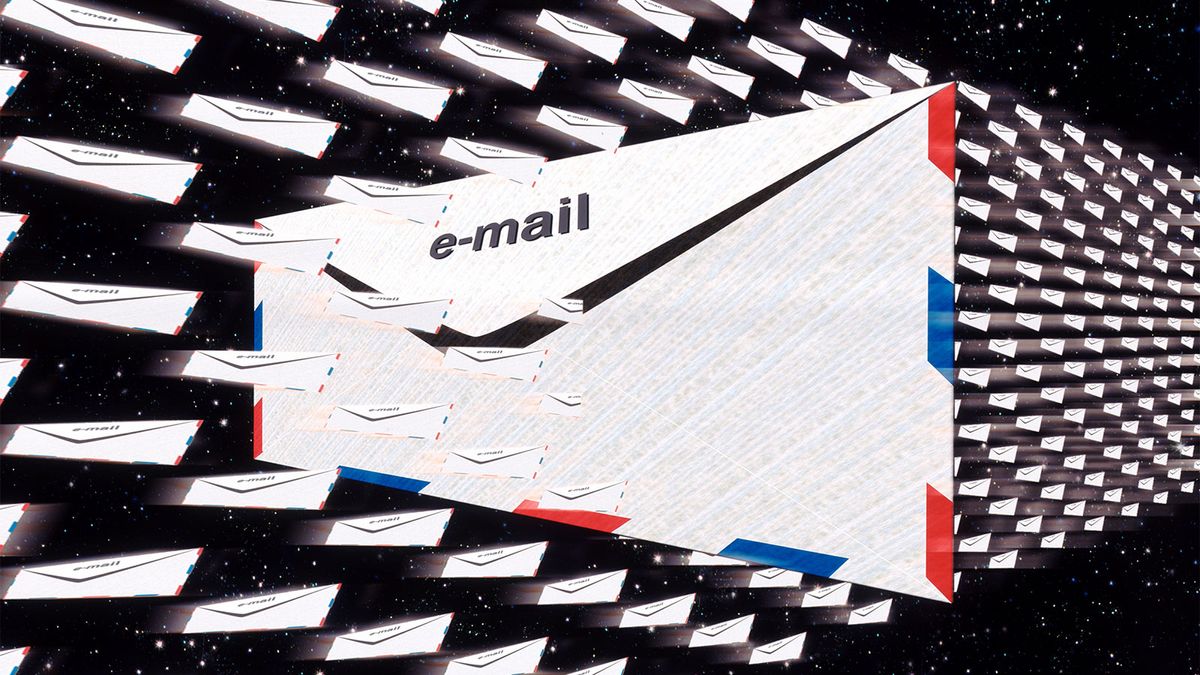
Draw near and I’ll tell you a story about life before the internet, long before electronic mail with its CC and BCC fields was as near as the tips of our fingers. How, you may wonder, did we communicate before having to be aware of email etiquette?
Sure, we’d collectively made progress since the days of quill dipped in ink, but erm, not that much.
Even after the first personal computers began appearing in homes and offices during the 1980s, most people and companies still relied on paper to record, share or store information. And what if more than one copy of that piece of paper was required?
Enter: carbon paper. To duplicate the information on a single sheet of paper, you would place a piece of carbon paper between that paper and one below it.
This carbon “sandwich” allowed people to use a typewriter to input something once and have it appear on both the original paper and the paper under the carbon layer.
The pigment from the carbon paper would be transferred to the paper under it and create a “carbon copy.” Therefore, CC stands for “carbon copy.”
The pigment that coats a piece of carbon paper is actually comprised of carbon black impregnated with wax to help it adhere to the paper and to prevent it from smearing before use. Carbon black is a close cousin to graphite (found commonly in pencil lead), but has a much finer texture.
To create carbon black, air and a hydrocarbon such as petroleum oil are pumped into a furnace where the heat causes the oil to combust; it’s then fueled to ever-higher temperatures by air.
Once the temperature reaches 3,000 degrees Fahrenheit (1,648 degrees Celsius), the unburned carbon decomposes to carbon black, which is then cooled and harvested. For comparison, consider the fact that — at its hottest — molten lava only reaches 2,900 degrees Fahrenheit (1,600 degrees Celsius).






